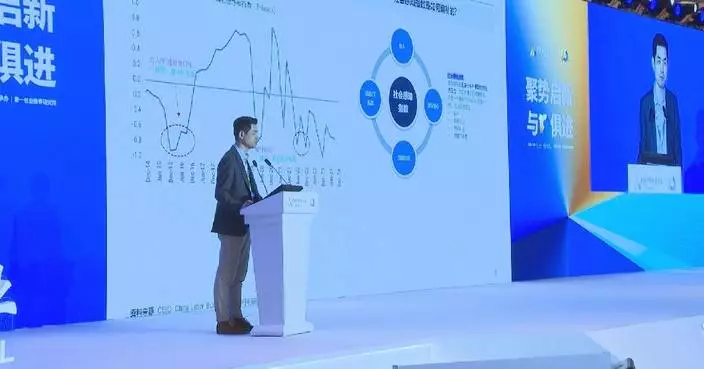Nepalese Prime Minister KP Sharma Oli visited Peking University and delivered a speech on Nepal-China relations on Wednesday.
He met with the university's heads and was greeted by both Chinese and Nepalese students.
In remarks during the visit, he said China and Nepal have strengthened ties through academic and talent exchanges. He stressed that the two sides have elevated their strategic partnership and achieved great success.
The Nepalese prime minister also lauded China's economic achievements and said he is committed to closer cooperation on matters of mutual concern.
Prior to the visit to Peking University, Oli met with Chinese President Xi Jinping and held talks with Chinese Premier Li Qiang on Tuesday. He also met with Zhao Leji, chairman of the National People's Congress (NPC) Standing Committee on Tuesday.
Oli has visited China twice as Nepal's prime minister and made important contributions to advancing the growth of China-Nepal relations.

Nepali prime minister visits Peking University, delivers speech

Nepali prime minister visits Peking University, delivers speech
A number of Chinese intelligent manufacturing brands are making an impact at the 2025 Consumer Electronics Show (CES) in the U.S. city of Las Vegas, particularly in the automotive and television sectors.
The CES, the world's premier tech show, officially kicked off on Tuesday and runs through Friday, with a notable highlight being the extensive integration of artificial intelligence (AI) across various exhibits.
Smart cockpits, operating systems, AI, robotics, and smart cities are among the key focuses. Chinese automotive companies, in particular, are making a strong impression.
Chinese NEV automaker Xpeng showcased its latest modular flying car, the "Land Aircraft Carrier", which has attracted attention from global tech enthusiasts.
This six-wheeled electric concept vehicle has a ground module and an air module, featuring the world's first in-vehicle automatic separation and combination mechanism.
The air module can accommodate two people and can be deployed with a single button press. The vehicle can be piloted using a remote control from inside or outside the vehicle.
The company has already received over 3,000 pre-orders and plans to start deliveries in 2026.
In the television sector, Chinese brands are also shining with the help of AI.
"We use Mini LED high-partition technology to achieve the highest quality images. AI is also used to improve display quality and interactive application functions," said Li Dongsheng, chairman of Chinese leading TV manufacturer TCL.
Hisense's president, Li Wei, emphasized the continuous improvement of user experience through AI.
"With the development of AI technology, we can leverage both on-device computing power in television products and cloud computing power to continuously enhance the interaction between televisions and users," Li said at the event.
Official statistics show that over 4,500 companies from around the world participated in this year's exhibition, with more than 1,300 from China, setting a new record.
The development of Chinese manufacturing is increasingly recognized by all parties.
"I think that in last decades, China definitely made a huge step forward. It's really a huge technological country right now, which is maybe one of the best leaders of technology in the world," said exhibitor Adam.
"It's coming out of the Asian market, specifically [those] out of China are very interesting. We work with other companies such as ACIS and other brands. All Chinese manufacturers are coming to the global market with really interesting products," said another exhibitor Dennis.

Chinese intelligent manufacturing gains attention at Las Vegas electronics show











